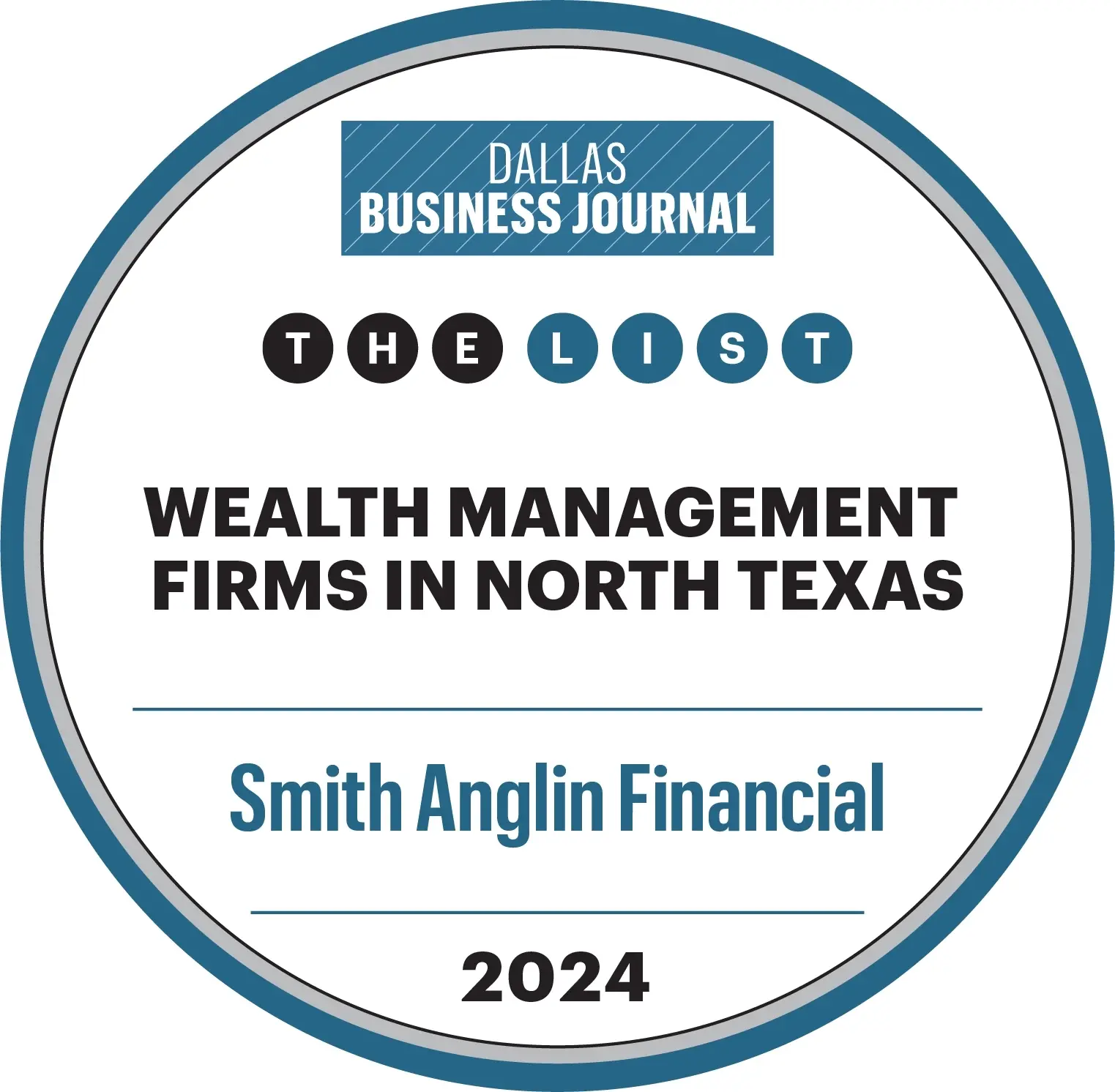Financial stability for a life well earned.
For decades, Smith Anglin has been dedicated to helping clients build and protect their wealth. We offer personalized wealth management with deep knowledge in investing, tax planning, and aviation retirement readiness, all with a focus on helping secure your financial future.
Wealth management for life.®
Founded in 1967, Smith Anglin is a wealth advisory and management practice based in Dallas, Texas. As trusted personal financial advisors and stewards, we provide an elevated standard of care and manage over $2 billion in client assets for a select group of pilots, families, individuals, and business owners in 48 states and abroad. With deep roots in accounting, tax planning, and aviation retirement readiness, our mission is to conscientiously help secure the financial well-being of our clients over the course of their lives. Our wealth management advisors work diligently to help them achieve their goals, dreams, and financial security.
0+
Years of Experience
$0+
Billion Managed*
*Data current as of 6/16/2025
0
Clients in 48 States
A long history of providing honest, compassionate, and informative service. Read what our clients are saying.
All testimonials are provided by current clients of Smith Anglin Financial. Clients were not compensated for testimonials, direct or otherwise. To our knowledge, no other conflicts of interest exist regarding these testimonials.
Recent Blog Posts
View AllContact Us
14755 Preston Road, Suite 700
Dallas, TX 75254
972.267.1244 local
800.301.8486 toll free
Check the background of this practice on FINRA's BrokerCheck.
About Smith Anglin Financial
Founded in 1967, Smith Anglin is a wealth management practice based in Dallas, Texas. As trusted financial stewards, we provide an elevated standard of care and manage over $1.9 billion in client assets* for a select group of pilots, families, individuals, and business owners in 48 states and abroad. With deep roots in accounting, tax planning and aviation retirement readiness, our mission is to conscientiously help secure the financial well-being of our clients over the course of their lives, working diligently to help them achieve their goals, dreams and financial security.
*Data current as of 6/16/2025
Stay current and informed!
Form Client Relationship Summary ("Form CRS") is a brief summary of the brokerage and advisor services we offer.
HTA Client Relationship Summary
HTS Client Relationship Summary
Hightower Advisors, LLC is an SEC registered investment adviser. Registration as an investment adviser does not imply a certain level of skill or training. Securities offered through Hightower Securities, LLC, Member FINRA/SIPC. brokercheck.finra.org


